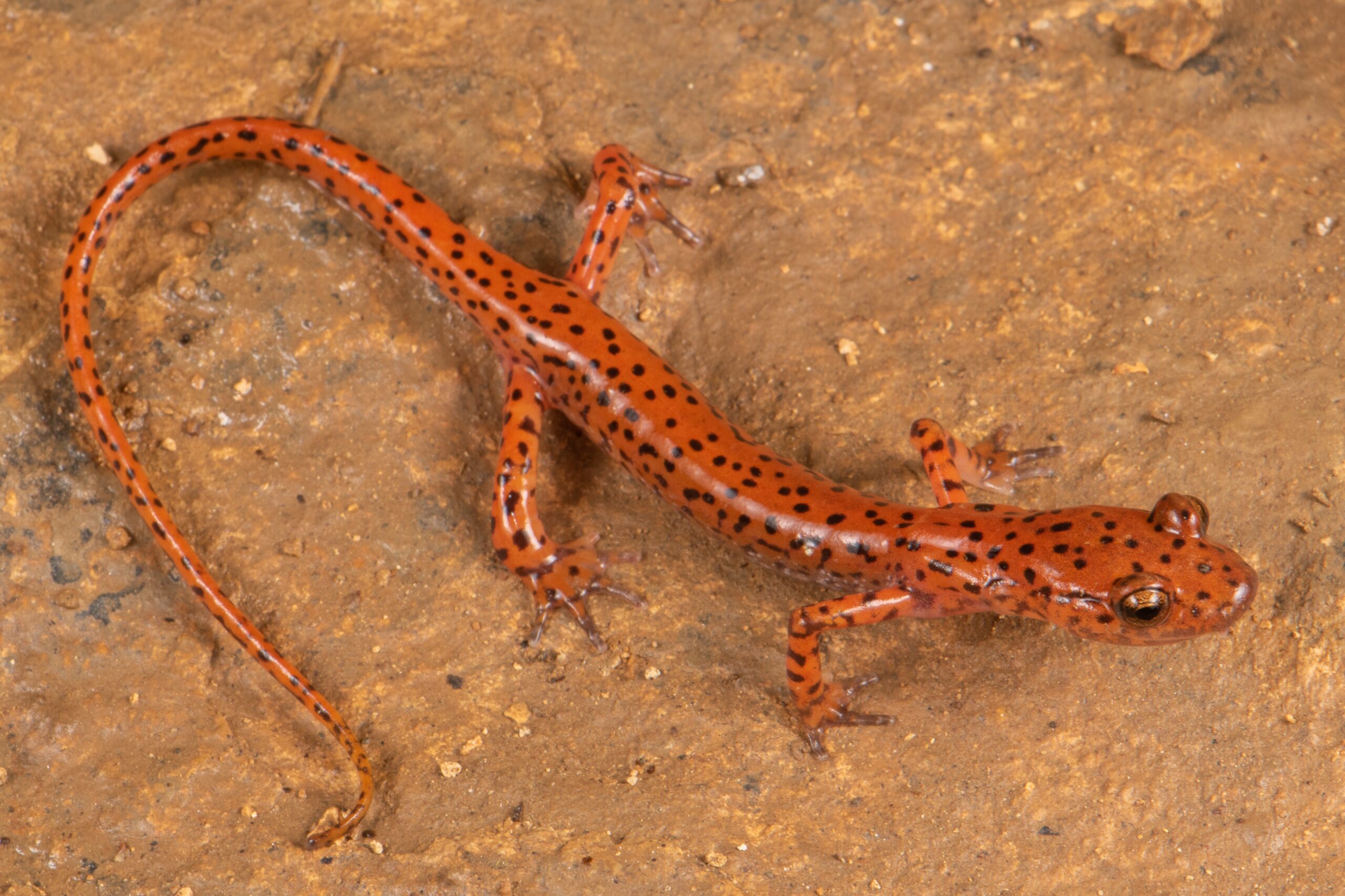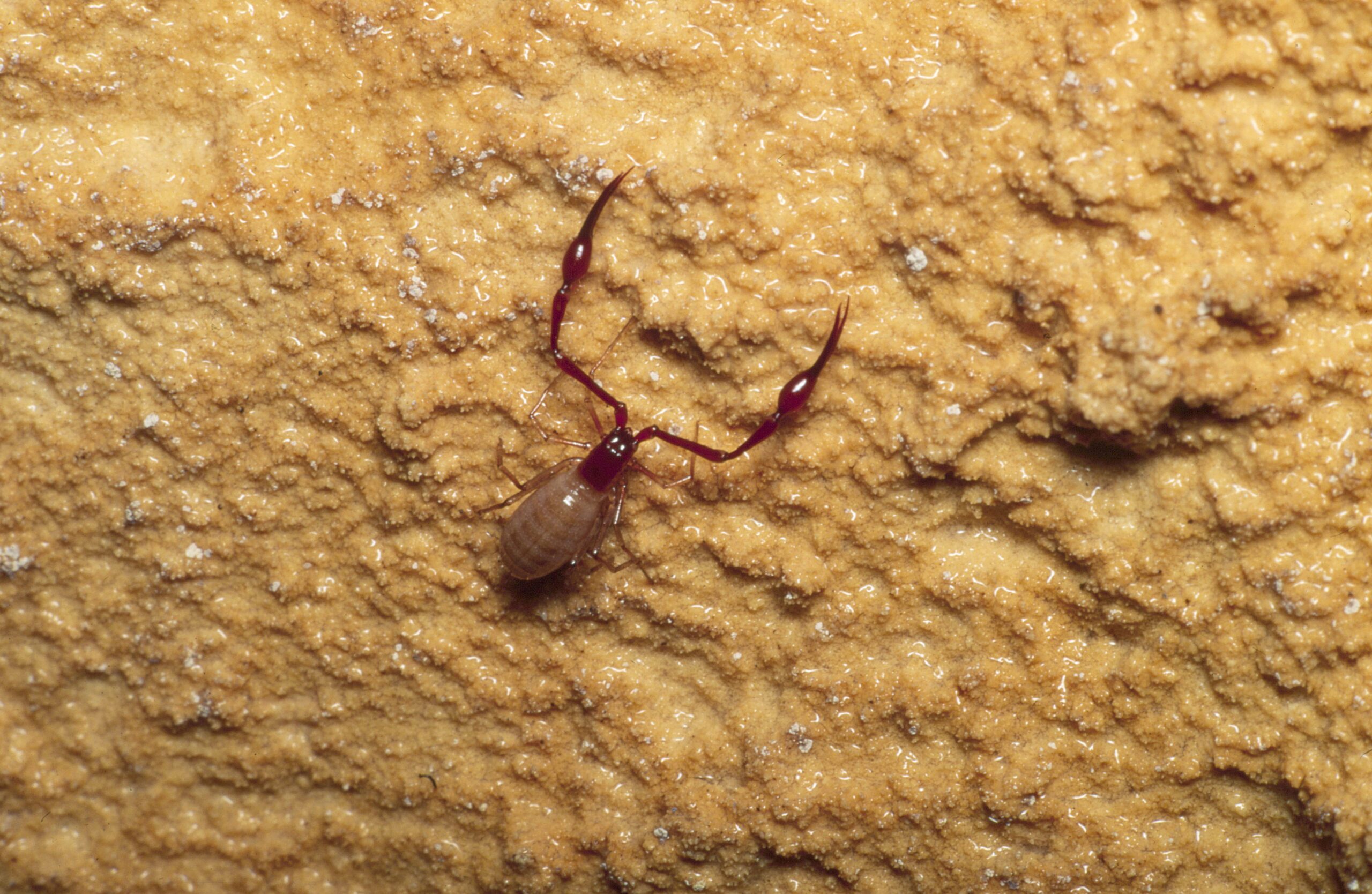The hidden depths of the world’s unexplored caves hold secrets that few have ever seen. These dark, isolated environments are home to some of the most mysterious creatures on Earth. The lack of light has shaped their evolution, leading to unique traits that are found nowhere else. Exploring these caves reveals a fascinating world of life forms, perfectly attuned to their shadowy surroundings.
Olm (Proteus anguinus)

The Olm is a pale, sightless amphibian found in the caves of Central and Southeastern Europe. It has elongated, snake-like bodies that can grow up to a foot in length. This creature is blind, with only vestigial eyes that are covered by skin. Instead of sight, the Olm relies on its acute sense of smell and hearing to navigate its dark, underwater environment. It can live for up to 100 years, making it one of the longest-living amphibians. The Olm’s skin lacks pigment, giving it a ghostly appearance that matches its mysterious habitat.
Cave Salamander (Eurycea lucifuga)

The Cave Salamander is a vibrant species native to the caves of the United States, particularly in the Appalachian region. It is recognized by its bright orange to red body, speckled with dark spots. Unlike many cave dwellers, the Cave Salamander has fully developed eyes and uses them to hunt for small insects. Its long, slender body and tail help it navigate the rocky crevices where it hides from predators. The moist environment of caves is ideal for this amphibian, as it requires high humidity to keep its skin hydrated.
Blind Cavefish (Astyanax mexicanus)

The Blind Cavefish is a species found in the dark caves of Mexico, particularly in the Sierra de El Abra region. It is completely blind, having evolved to lose its eyes over generations. The fish’s body is usually pale, almost colorless, and it relies on heightened senses of smell and lateral line systems to detect changes in water pressure. These adaptations help it find food and navigate in the pitch-black waters of its cave habitat. Despite its blindness, the Blind Cavefish thrives in its environment, demonstrating the resilience of life in extreme conditions.
Kaua’i Cave Wolf Spider (Adelocosa anops)

The Kaua’i Cave Wolf Spider is an eyeless predator endemic to the caves of Hawaii’s Kaua’i Island. It is one of the few wolf spiders that have adapted to complete blindness. This spider has a reddish-brown body and long legs that allow it to move swiftly across the cave floor. It hunts by feeling vibrations in the ground, capturing prey like small insects and other invertebrates. The Kaua’i Cave Wolf Spider is a critical species within its ecosystem, helping to control insect populations in the isolated caves where it resides.
Cave Crayfish (Cambarus zophonastes)

The Cave Crayfish is a small, blind crustacean found in the underground streams of Arkansas, USA. It has a pale, almost white body, which is common among cave-dwelling species. This crayfish feeds on detritus and small aquatic organisms, playing a vital role in the cave’s food web. Its antennae are highly sensitive, helping it navigate and locate food in complete darkness. The Cave Crayfish is a slow-growing species, with a long lifespan that allows it to survive in the nutrient-poor environment of its subterranean home.
Cave Beetle (Leptodirus hochenwartii)

The Cave Beetle is an ancient species found in the caves of Europe, particularly in Slovenia. It has a small, elongated body that is perfectly adapted to life in narrow crevices. This beetle is blind, with no functional eyes, relying instead on its antennae to sense the environment. Its body is often a pale yellow or brown color, blending with the cave surroundings. The Cave Beetle feeds on fungi and decaying organic matter, contributing to the cave’s ecosystem by breaking down these materials.
Tasmanian Cave Spider (Hickmania troglodytes)

The Tasmanian Cave Spider is a large, ancient species found in the caves of Tasmania, Australia. It has a robust body and long, spindly legs that can reach up to 14 centimeters across. This spider is one of the few that build large, horizontal webs deep within caves. It preys on small insects and other cave-dwelling creatures, using its strong web to capture them. The Tasmanian Cave Spider is a slow-growing species, with some individuals living for over 20 years. Its adaptation to cave life makes it one of the most specialized spiders in the world.
Alabama Cave Shrimp (Palaemonias alabamae)

The Alabama Cave Shrimp is a rare, eyeless crustacean found in a few underground streams in Alabama, USA. It has a translucent body, making it nearly invisible in its dark, watery habitat. This shrimp feeds on detritus and microscopic organisms, playing a crucial role in the cave’s food web. Its long antennae help it navigate and find food in the pitch-black environment. The Alabama Cave Shrimp is highly sensitive to changes in water quality, making it a key indicator of the health of its fragile ecosystem.
Cave Cricket (Hadenoecus subterraneus)

The Cave Cricket is a species adapted to the dark, damp caves of North America. It has long legs and antennae that help it navigate and sense its surroundings. This cricket is primarily nocturnal, feeding on fungi, decaying organic matter, and small insects. It has a pale, almost translucent body, which helps it blend into the cave environment. The Cave Cricket plays an essential role in the cave ecosystem by helping to break down organic material, providing nutrients for other organisms.
Cave Millipede (Glomeris marginata)

The Cave Millipede is a small, segmented arthropod found in European caves. It has a cylindrical body with many short legs, allowing it to move easily through narrow passages. This millipede feeds on decaying plant material, fungi, and other organic matter found on the cave floor. Its body is covered in a hard exoskeleton that provides protection from predators and the harsh cave environment. The Cave Millipede is an essential decomposer, breaking down organic material and contributing to the nutrient cycle within the cave ecosystem.
Cave Pseudoscorpion (Atemnus politus)

The Cave Pseudoscorpion is a tiny, predatory arachnid found in caves across Europe. It has pincers like a scorpion but lacks a stinger. This creature preys on small insects and mites, using its pincers to capture and immobilize its prey. The Cave Pseudoscorpion has a flattened body, allowing it to hide in the smallest crevices of the cave. It plays a vital role in controlling insect populations within its habitat, contributing to the balance of the cave ecosystem.
This article originally appeared on Rarest.org.
More from Rarest.org
14 Iconic Ferraris That Broke Auction Records

Ferrari, a brand synonymous with speed, luxury, and engineering excellence, has produced some of the most iconic and sought-after cars in automotive history. Read More.
1950 Washington Quarter Value Guide

The 1950 Washington quarter is made of 90% silver and 10% copper. The coin has an actual silver weight (ASW) of 0.1808oz. Read More.
1955 Wheat Penny Value Guide

The US Mint has been producing the Lincoln penny for more than 100 years, and is being issued even today. Read More.
